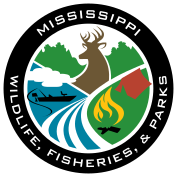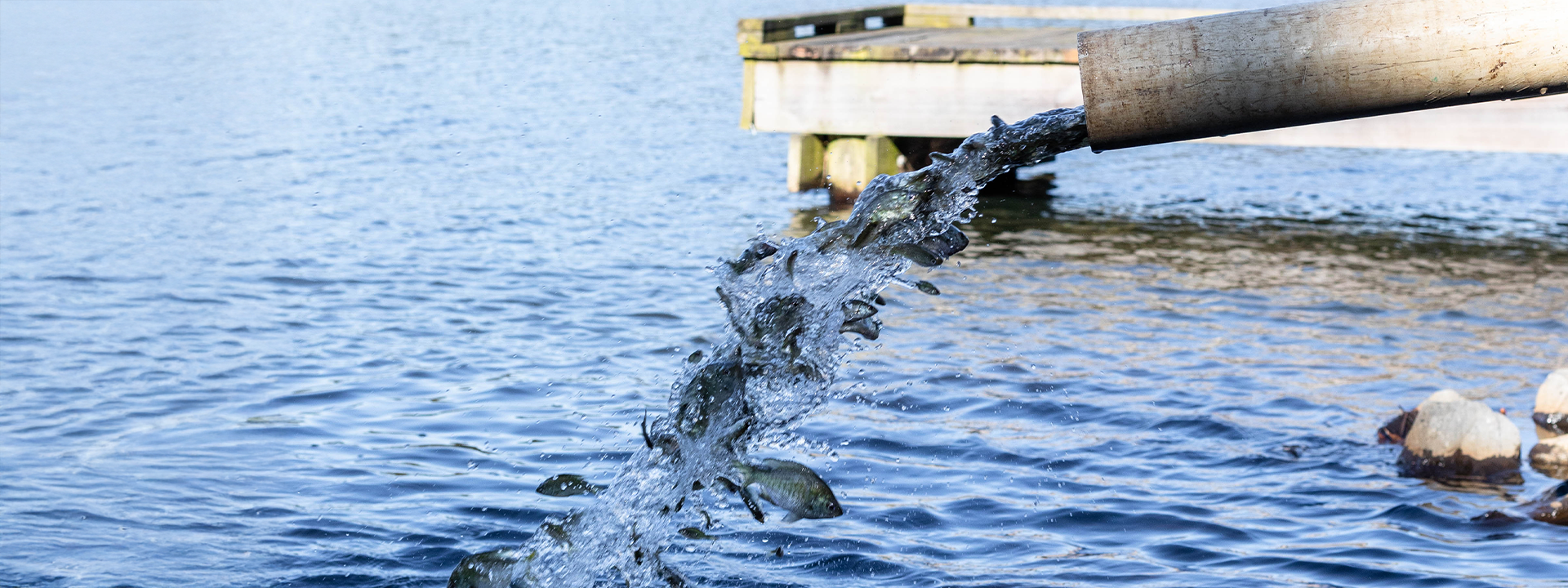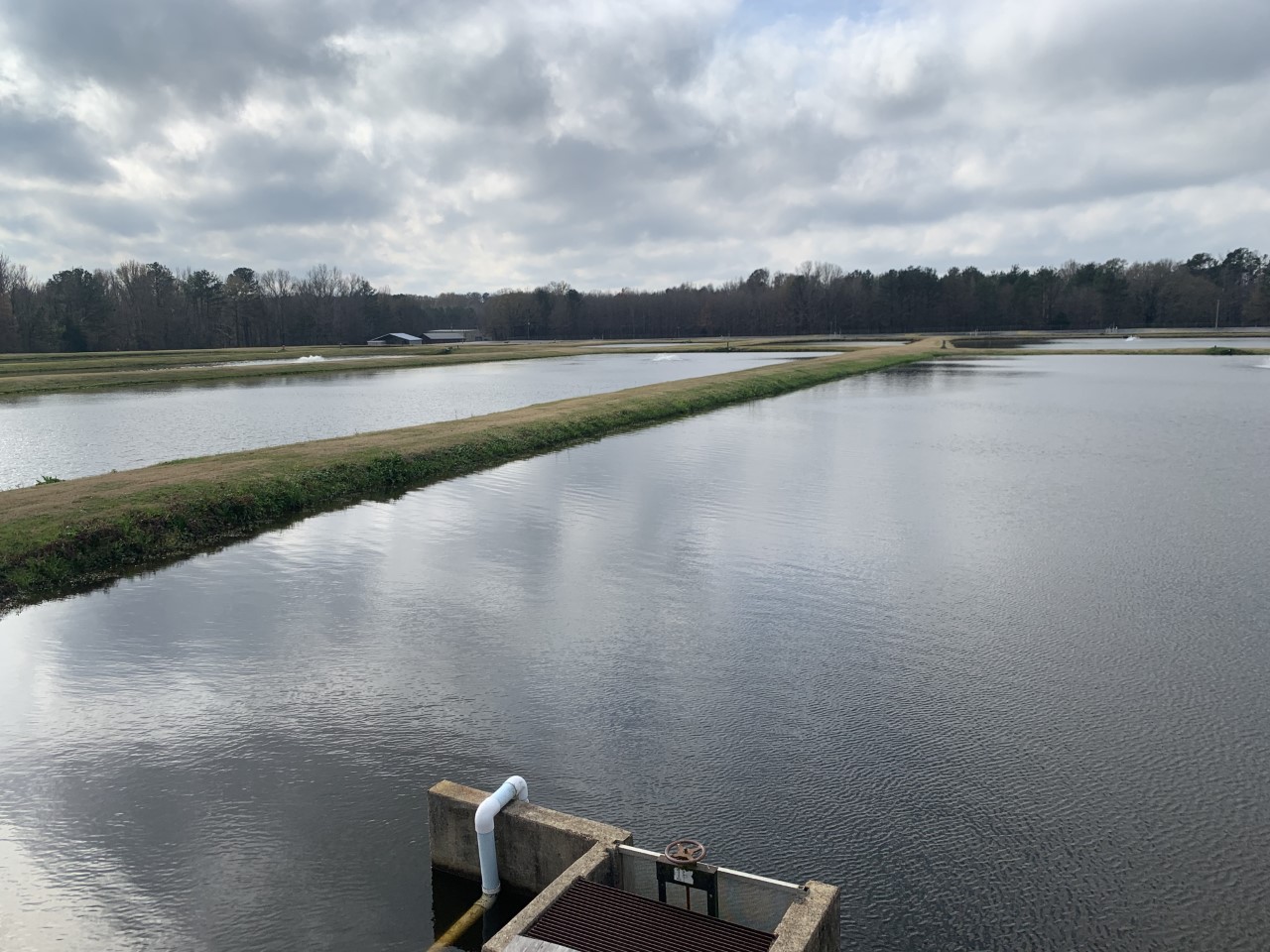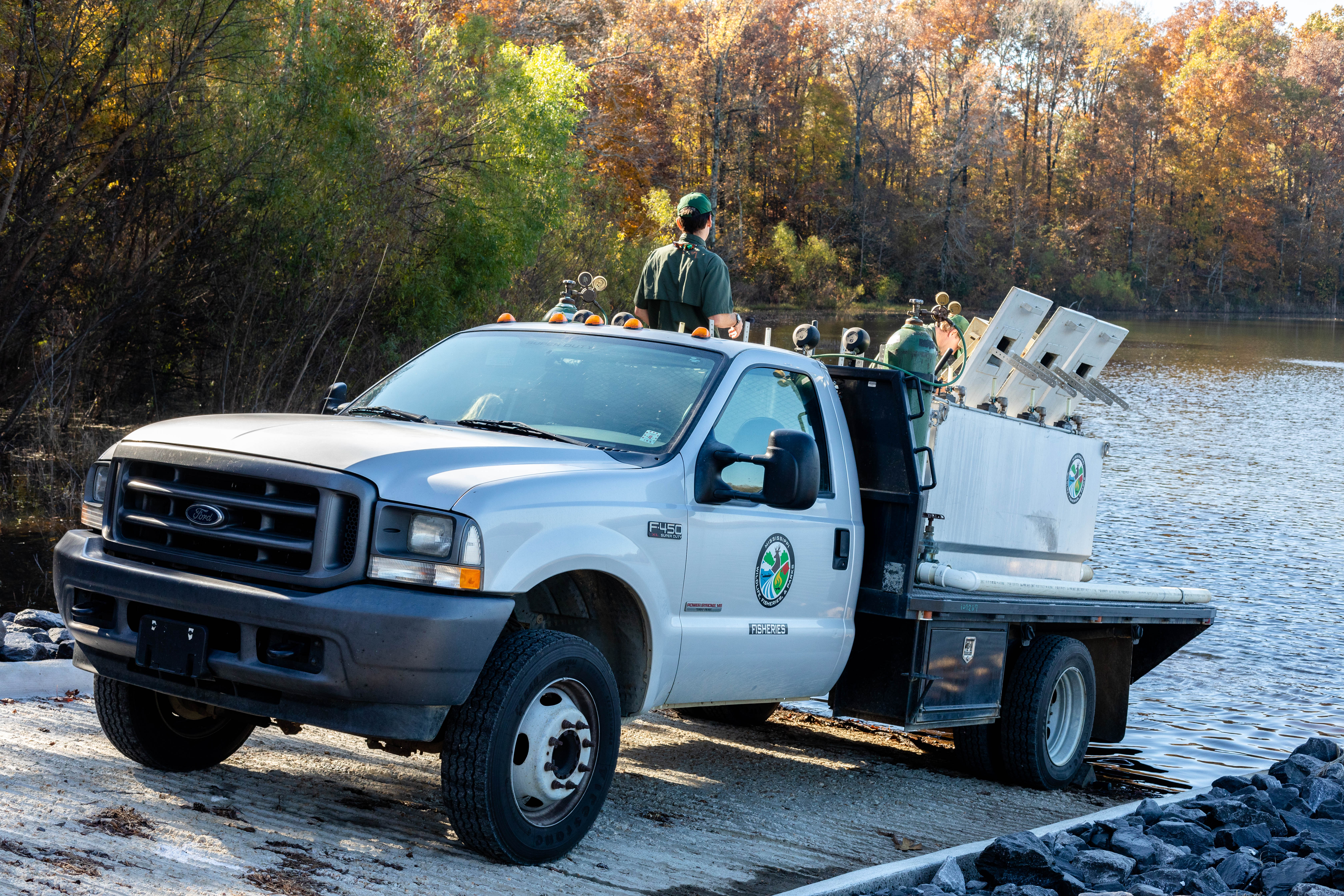

Ever wondered how fish end up in your favorite lake? Their journey often begins at a fish hatchery, where they are spawned, reared, and eventually transported to public waters for stocking.
So, what exactly is a fish hatchery? At first glance, it might resemble a catfish farm, but the Mississippi Department of Wildlife, Fisheries, and Parks (MDWFP) facilities serve a different purpose. Instead of raising fish for food, these hatcheries produce species to populate public fisheries. Staff members manage the facilities, collect broodstock, spawn fish, rear juvenile fish, and handle stocking operations.
MDWFP runs two hatcheries: the North Mississippi Fish Hatchery (NMFH) in Enid and the Turcotte Fish Hatchery (TFH) in Canton. NMFH focuses on Northern largemouth bass, Gulf Coast walleye, bluegill, koi, various minnows, threadfin, and gizzard shad. In contrast, TFH produces species like striped bass, hybrid striped bass, tautog, and Florida largemouth bass, among others.
Now that we understand what a hatchery is, let’s explore how it functions, primarily focusing on three components: fish, water, and equipment.
Fish
Mississippi boasts a rich diversity of fish, found at hatcheries year-round in various life stages from eggs to adults. To produce fish for stocking, hatcheries employ two spawning techniques: extensive and intensive spawning.
Extensive spawning allows mature broodstock to naturally spawn in hatchery ponds, where staff mimics natural environments with substrates like rocks and sand. Fish spawn unassisted, and adult fish are separated from offspring upon harvest.
Intensive spawning, on the other hand, is a hands-on method used when fish cannot spawn naturally, as seen with crappie and walleye. Adult fish are placed in tanks where water temperature and light conditions are adjusted to induce spawning. Hormones may also be administered to stimulate ovulation. The eggs and sperm are collected manually, mixed, and placed in hatching jars to develop before they eventually hatch into larvae.
Egg collection typically occurs between March and June and varies in size from 0.9 mm to 4.0 mm. Following fertilization, eggs are placed in incubation jars where they are gently tumbled for healthy development. Once they absorb their yolk sac, they become fry and are transferred to ponds to grow into fingerlings within 25 to 45 days, reaching sizes of 1-2 inches. After harvesting, these fingerlings are counted and loaded into aerated live haul tanks for distribution to lakes across the state.
Water
Quality water is essential for fish health, and MDWFP hatcheries use both groundwater and surface water. Groundwater, obtained through wells, provides consistent quality, while surface water may already contain beneficial microorganisms for fry.
Hatcheries utilize lined and earthen ponds. Lined ponds prevent water seepage and facilitate easier harvesting, while earthen ponds promote natural food sources for fish. The NMFH primarily uses lined ponds, whereas TFH employs a combination of both for diverse aquatic ecosystems.

Equipment
Maintaining water quality is crucial for hatchery success, and staff utilize various equipment to monitor parameters like dissolved oxygen and ammonia levels. Tools such as bead and sand filters, UV sterilization lights, and aerators help ensure optimal conditions for fish health.
Staff at hatcheries work closely with MDWFP fisheries biologists to maintain Mississippi's fish populations. Their mission includes maintaining high water quality, producing healthy fish, and providing ample opportunities for anglers eager to enjoy the state's abundant fishing resources.
